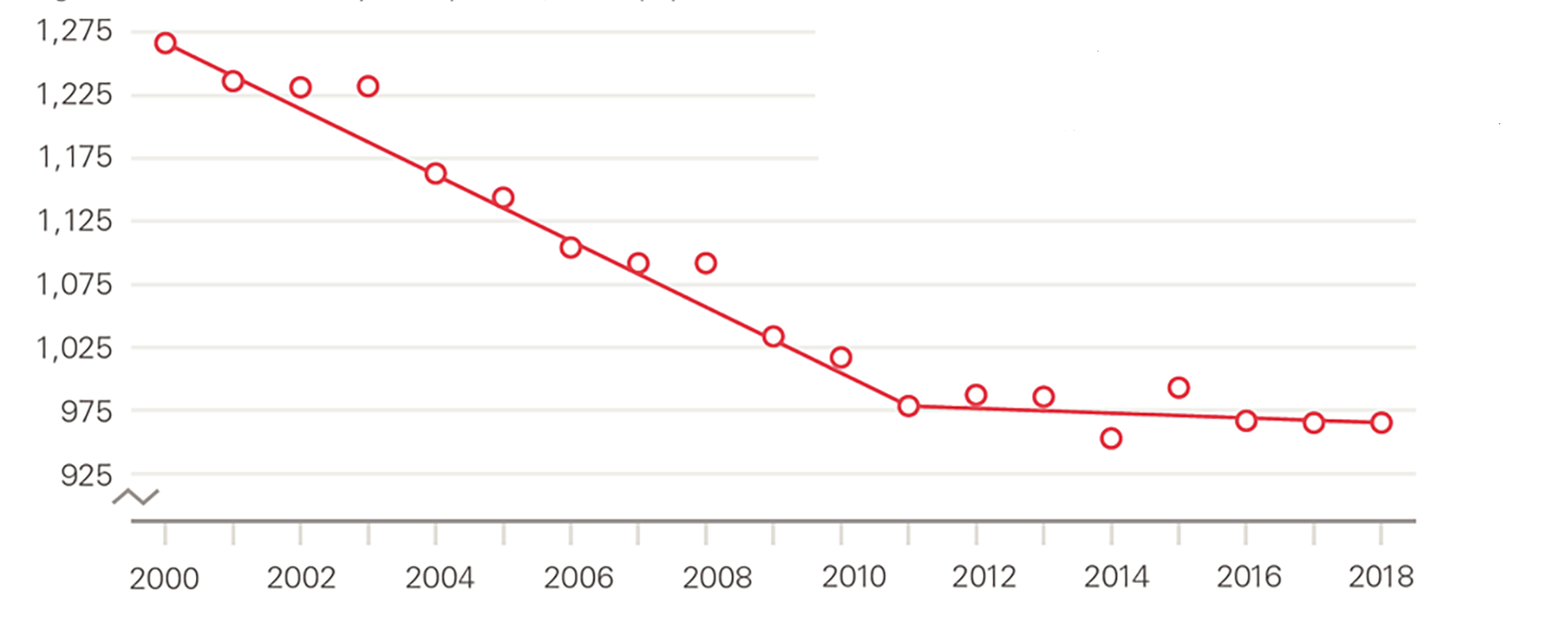Rapid rise in mortality in England and Wales in early 2018 – an investigation is needed

Until recently we had been using the rising profits of undertakers to gauge how unusual recent rises in mortality have been. However, we can no longer do that. Alongside the most recent increase in deaths, there has very recently been an abrupt shift towards booking the lowest cost funerals. The UK’s second-largest undertaker lost more than half its market value in the first few weeks of 2018. The number of deaths in this period has risen rapidly.
In contrast, the operating profits of some private pensions firms have risen by almost a third in recent years, as it becomes clear that fewer people are living as long, and hence will not receive as many years of pension payments in future.
The slowdown in life expectancy for the average person in Britain is worse than anything seen since the early 1890s, and no other country in Europe has experienced as rapid a slowdown as the UK. In the UK, it is the poorest groups that have suffered the most harm, both to their health and their income since 2010, when austerity policies were first enacted.
On March 7, 2018, ONS released figures revealing that a man living in one of the poorest neighbourhoods of Blackpool, a deprived area in the northwest of England, can now expect to enjoy 32 fewer years of life in good health, compared with a man living in wealthy London boroughs, such as Knightsbridge and Belgravia.
This gap will now be growing in size as the poorest groups and areas have suffered more. And the gap for women has become even wider than for men, at 35 years between what can now be expected for women living in the poorer parts of Middlesbrough, compared with women living in some of the most affluent neighbourhoods of the Home Counties.